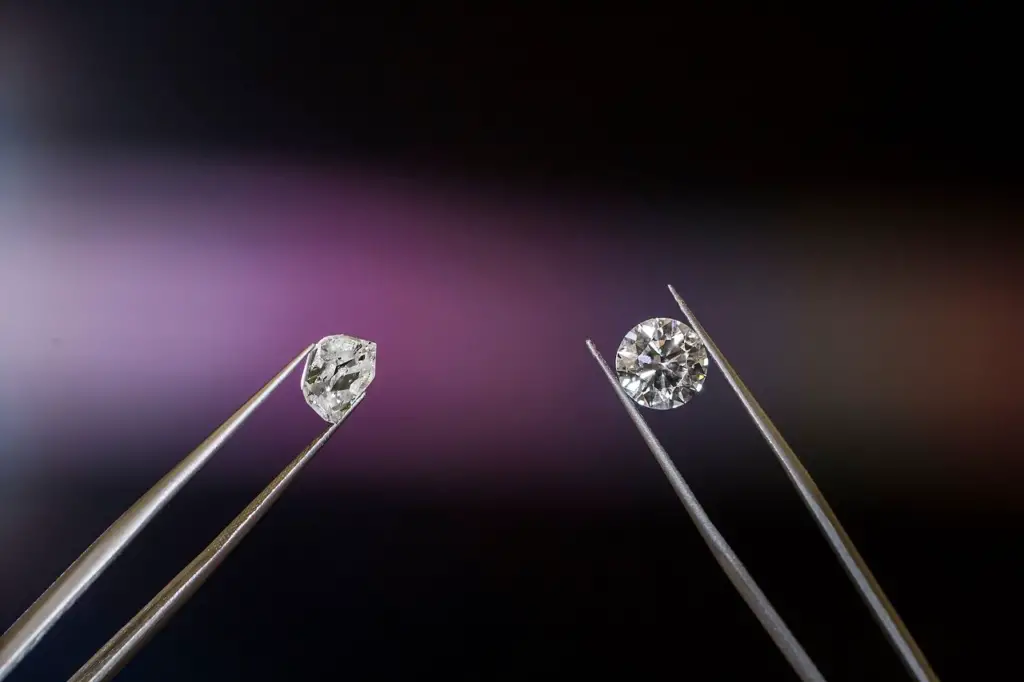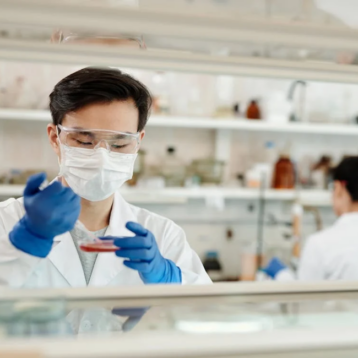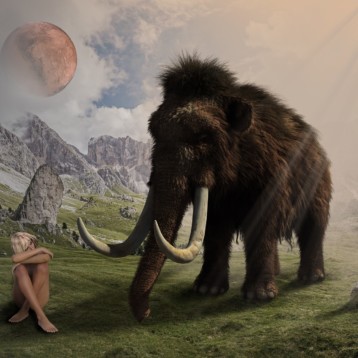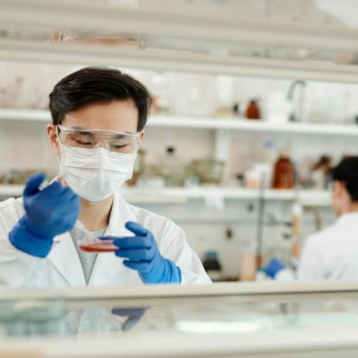
There have been some truly unbelievable scientific breakthroughs in the last century, with pioneering vaccines, genome engineering techniques and more monumentally changing the world forever. But beyond the eye-catching, lifesaving discoveries we all know about, scientists have produced many other incredible things from scratch in laboratories, many of which offer ethical alternatives to popular products. Here are three fascinating lab-grown items you may not know about.
- Diamonds
Used as jewelry since ancient times, diamonds are synonymous with love and luxury — engagement rings in particular — with around 142 million carats mined in 2019 alone. However, natural diamonds, which are mined from below the Earth’s surface, take between one and three billion years to form. The world’s appetite for the gems isn’t slowing down, so demand could soon vastly outstrip supply. Fortunately, scientists have come up with a solution.
That’s right, diamonds can now be grown in labs. Identical to the real thing in terms of their chemical makeup, they only take a few months to produce, and tend to be around 20 to 30% cheaper. As the jewelers at Taylor & Hart explain: “Typically a ‘diamond seed’, a very small part of a diamond, is used to grow a lab created diamond. These laboratories either replicate the high pressure and temperature found in the earth’s mantle where naturally-mined diamonds are formed, or they use superheated gas to grow the diamond.”
And since the process requires less energy, these artificial diamonds are not only more affordable, they’re also more eco-friendly. The lab-grown diamond industry grew by between 15-20% in 2019 and the trend is set to continue rising as more traditional jewelers embrace this alternative.
- Meat
It’s now common knowledge that meat consumption can have a negative impact on the planet, which is why there has been a huge uptake in the development and production of lab-grown meat. It is hoped that one day this artificial alternative will have the same taste and texture as animal products in order to satisfy demand, which will in turn cut agricultural greenhouse gas emissions by 78-96%, use 99% less land, and prevent the slaughter of animals.
To create lab-grown meat, muscle cells are taken from cows, pigs, chickens or sea life and placed in petri dishes with amino acids and carbohydrates to help the cells multiply and grow, forming muscle tissue. According to food technology company Mosa Meat, one sample from a cow can create enough muscle tissue to produce 80,000 burgers.
And while the science isn’t quite advanced enough to recreate the texture of a fine steak, the processed meat used in burgers, chicken nuggets and meatballs has been well-received in consumer tests. It could even hit grocery store shelves within five years, depending on producers’ ability to cut manufacturing costs enough to make the products commercially viable. The first ever lab burger cost roughly $330,000 to make, but since they can now be sold for tens of dollars, it shouldn’t be too hard for them to reach a more affordable price point in the near future.
- Clothes
One day soon, your leather bag or dress may come from a petri dish, with scientists now able to create common materials in labs. For example, by feeding sawdust to mushroom mycelium cells, startups have been able to create leather-like textiles that are strong, carbon negative, and can be grown in just two weeks. Another example of a lab-grown material is silk, with this Adidas x Stella McCartney dress made from a bioengineered yarn made from yeast, known as Microsilk.
Lab-grown clothes also have considerable environmental benefits. For example, leather alternatives don’t require the extensive rearing of livestock, and the silk process uses much less energy than the traditional method of production, which involves silkworms. What’s more, the Adidas x Stella McCartney silk dress is also fully biodegradable, unlike ‘real’ silk attire. Using lab-grown materials also allays the ethical concerns around wearing clothes that come from animals and insects.










